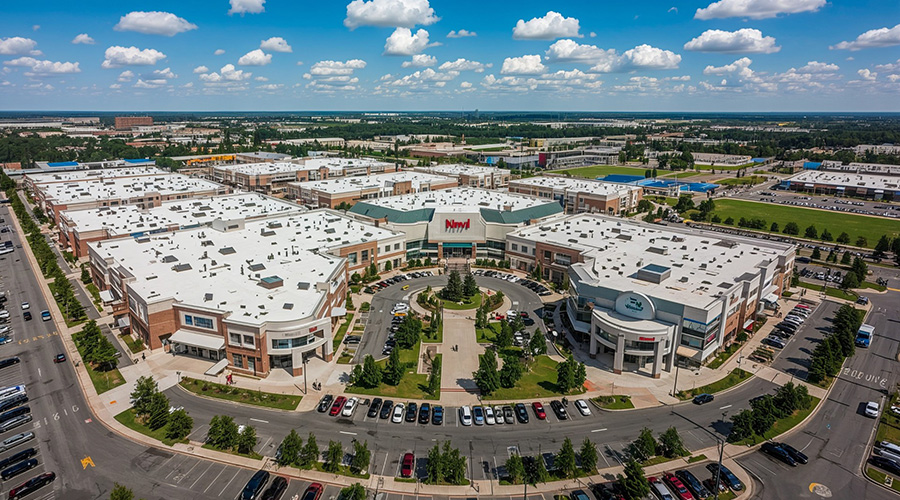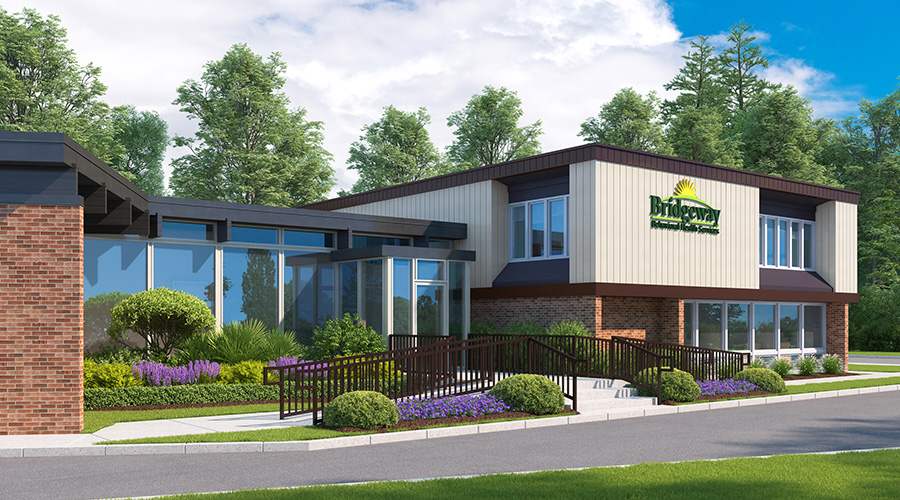Knowing basic roofing terms can help facility managers better evaluate proposals, talk to contractors, and communicate with owners. The roofing experts at Western Specialty Contractors have provided some of the most common roofing terms and their definitions to help facility managers make more comprehensive decisions regarding their roof maintenance.
Blistering
Blistering is a build-up of water vapor or gases that form a bubble underneath a roofing material’s surface. Typically occurring in built-up and modified bitumen roofs, blistering generally does not pose a problem unless it is stepped on or popped, then measures should be taken immediately to repair the opening.
If a blister is identified on a roof, facility managers should leave it alone and not try to fix it. If the bubble is accidentally popped, facility managers should take precautionary measures by covering the hole with duct tape until a specialty contractor with roofing experience can get out there and assess the situation.
Tenting
Tenting is most common in EPDM or TPO roofs. Tenting occurs when adhesives break down or when not enough adhesive was used, and the material is starting to peel away in the form of a triangle, similar to the side of a tent. Tenting may also occur around curb flashing on HVAC units.
Once tenting occurs, the roofing system is breached and subject to water penetration. Facility managers should contact their roofing specialty contractor immediately when tenting occurs to ensure that repairs are made according to the manufacturer’s guidelines.
Alligatoring
Similar to the cracks seen on a neglected, aged asphalt parking lot, alligatoring on a roof has a similar cracking and splitting appearance like an alligator’s skin. Alligatoring is caused by the sun drawing out and drying volatile oils within the roofing materials. This type of oxidation is a sure sign of an aged and damaged roof.
Ponding
Ponding occurs when roof drains are clogged and water, leaves, and twigs collect on the roof like a small pond. Ponding can cause serious structural issues, as water can weigh more than eight pounds per square foot. Ponding is particularly damaging to modified bitumen and built up roofing systems that have multiple seams for water and sediment to penetrate and cause damage.
Core Sampling
Roofing contractors will take a core sample to determine how many layers and what types of roofing systems are on a roof. A 12-inch by 12-inch piece of roof, or a round core, is cut out down to the roof deck and pulled out to identify the various roofing materials used and their thicknesses. If there are more than two roofs identified, building codes require that the entire roof be replaced. A core sample can indicate a roof’s age, thickness, composition, and whether it has been penetrated by water.
Flashing
Flashing describes the vertical parts of a roof and can include curb and wall flashing. Flashing helps to divert standing or wind-driven water or snow from penetrating a joint in the roof, such as around chimneys, vent pipes, and walls.
Wrinkling
Wrinkling is similar to blistering. It is simply a fold in the roofing system material caused by age, high winds or movement of the building. Like in the bottom of an above-ground pool, a wrinkle may occur in the flooring material, but the pool is still able to hold water. A wrinkle in the roofing material is an aesthetic concern and does not necessarily indicate that there is any water penetration or that a repair is necessary.
Splits
Splits are advanced openings and generally occur on an aged built up roof where the oils have dissipated and dried to form a large crack. Splits can also occur in seams as the result of an application error. Splits should be repaired immediately as they are subject to damaging water penetration.
For more information about Western Specialty Contractors, visit www.westernspecialtycontractors.com.
 Healthcare Is the New Retail
Healthcare Is the New Retail Bridgeway Behavioral Health Services Launches Campaign to Renovate Health Center
Bridgeway Behavioral Health Services Launches Campaign to Renovate Health Center Ground Broken for New North Dakota State Hospital
Ground Broken for New North Dakota State Hospital AI Usage for Healthcare Facilities
AI Usage for Healthcare Facilities Ground Broken on Pelican Valley Senior Living Modernization Project
Ground Broken on Pelican Valley Senior Living Modernization Project